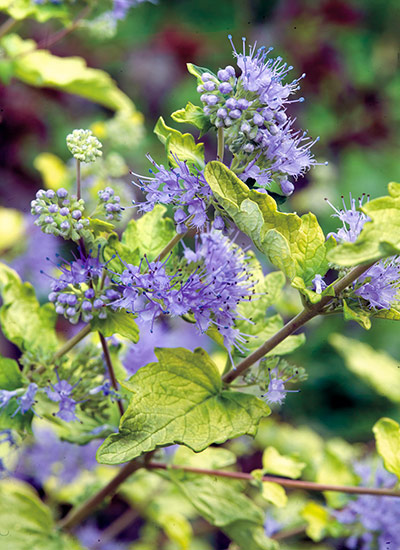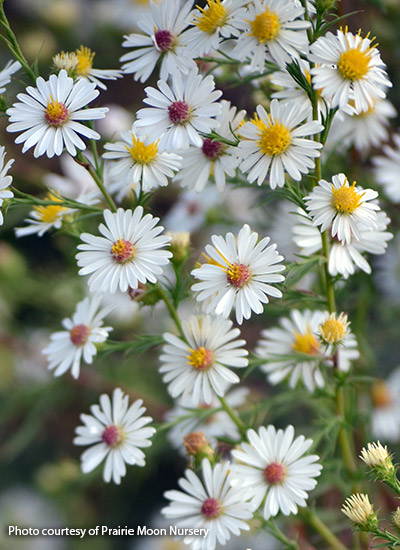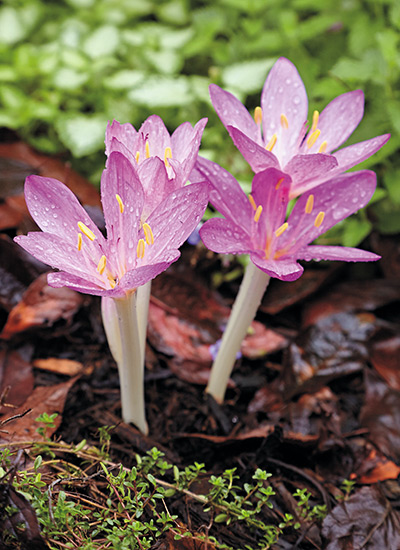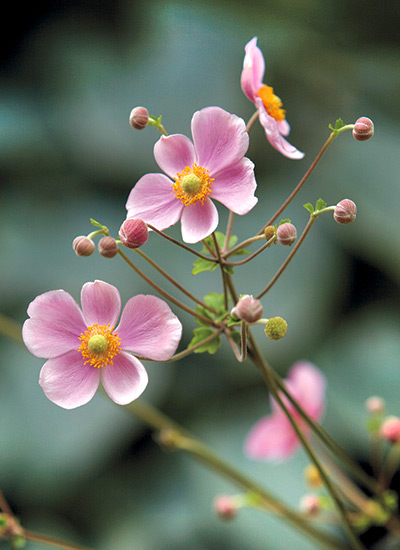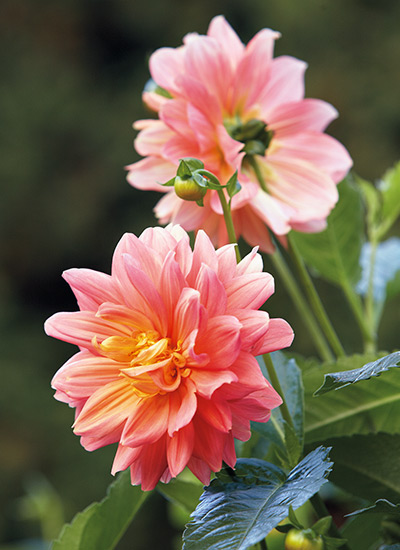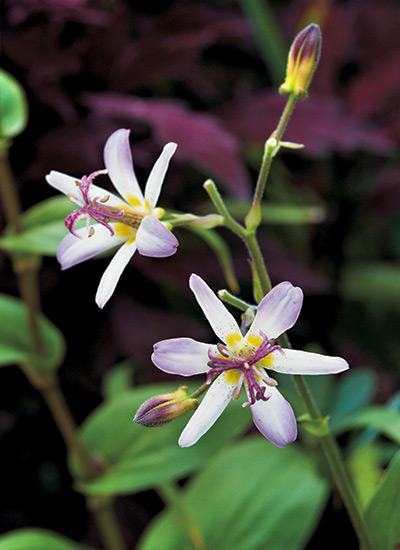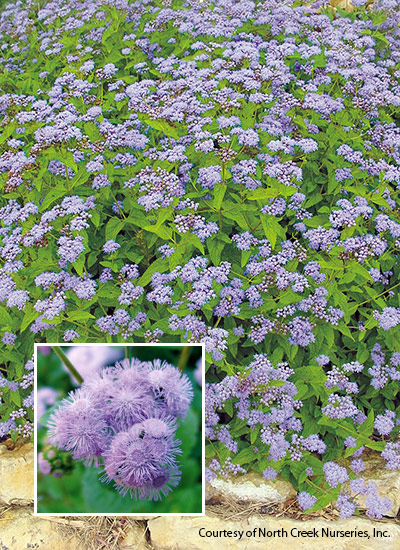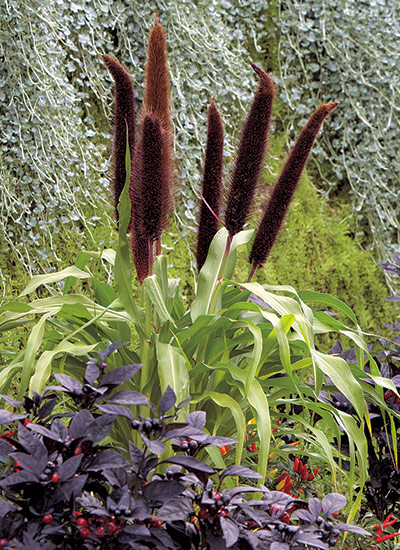Add fall flowers to your garden
Just as there are the stars of the garden that remind you it’s spring, fall has its own leading perennial characters that turn on the charm when many other blooms are starting to fade. Below, we’ll take a look at 10 plants that look their best in fall.
Several of these plants bloom for a long time — up to two months or more — helping to ensure your garden always looks great. Not only can you combine them with summer bloomers, but they’ll still be around to enhance the fall color show. Asters and Japanese anemone can shrug off a bit of frost, too. If cold weather comes early, just throw a sheet over the more tender plants to protect them from a few light frosts until the weather warms again.
Try cool color palettes for fall
Do you tend to have abundant red, orange and yellow hues in your fall garden? Why not include a few rich purples in the mix? The purple Mexican bush sage flowers will add drama and depth to your garden this time of year, especially when planted with red or orange. With more subdued sunlight in fall, this color contrast is easier on the eyes, too. Or try lavender-blue mistflower — which complements yellow flowers and chartreuse foliage. Whether you have a container to fill or a large cottage garden, there’s a variety of fall flowers here to choose from for practically every situation and garden style.
You Might Also Like:
8 Cool-Weather Plants
Cool-colored Fall Container Ideas
Shrubs with Fall Foliage
Fall Garden Plan




